Welcome to the 1,050 new members of the curiosity tribe who have joined us since Friday. Join the 44,581 others who are receiving high-signal, curiosity-inducing content every single week.
Today’s newsletter is brought to you by Pesto!
Problem: You’re a fast-growing startup, but you’re struggling to hire great engineers right now.
Solution: Pesto—a platform that matches the millions of talented developers in India with the one million unfilled engineering roles in the West. Pesto’s developers are trained—on both hard and soft skills—through a rigorous bootcamp. The result? Access to a growing pool of highly-qualified, vetted engineering talent, right at your fingertips.
Pesto has successfully placed developers at companies like Synthesis School, Rippling, OnDeck, Alloy Automation, and more.
To talk to Pesto about filling those engineering roles that have been plaguing your investor updates for months, click the link below and tell them Sahil sent you!
Today at a Glance:
Frameworks are compasses—they provide clarity by creating structure through which to evaluate situations, deploy shortcuts, and execute sound decisions.
When used appropriately, they can meaningfully improve the quality of your decision-making (and reduce stress along the way).
The Framework Handbook below provides 20 useful frameworks and tips on when to put them to use.
The Framework Handbook
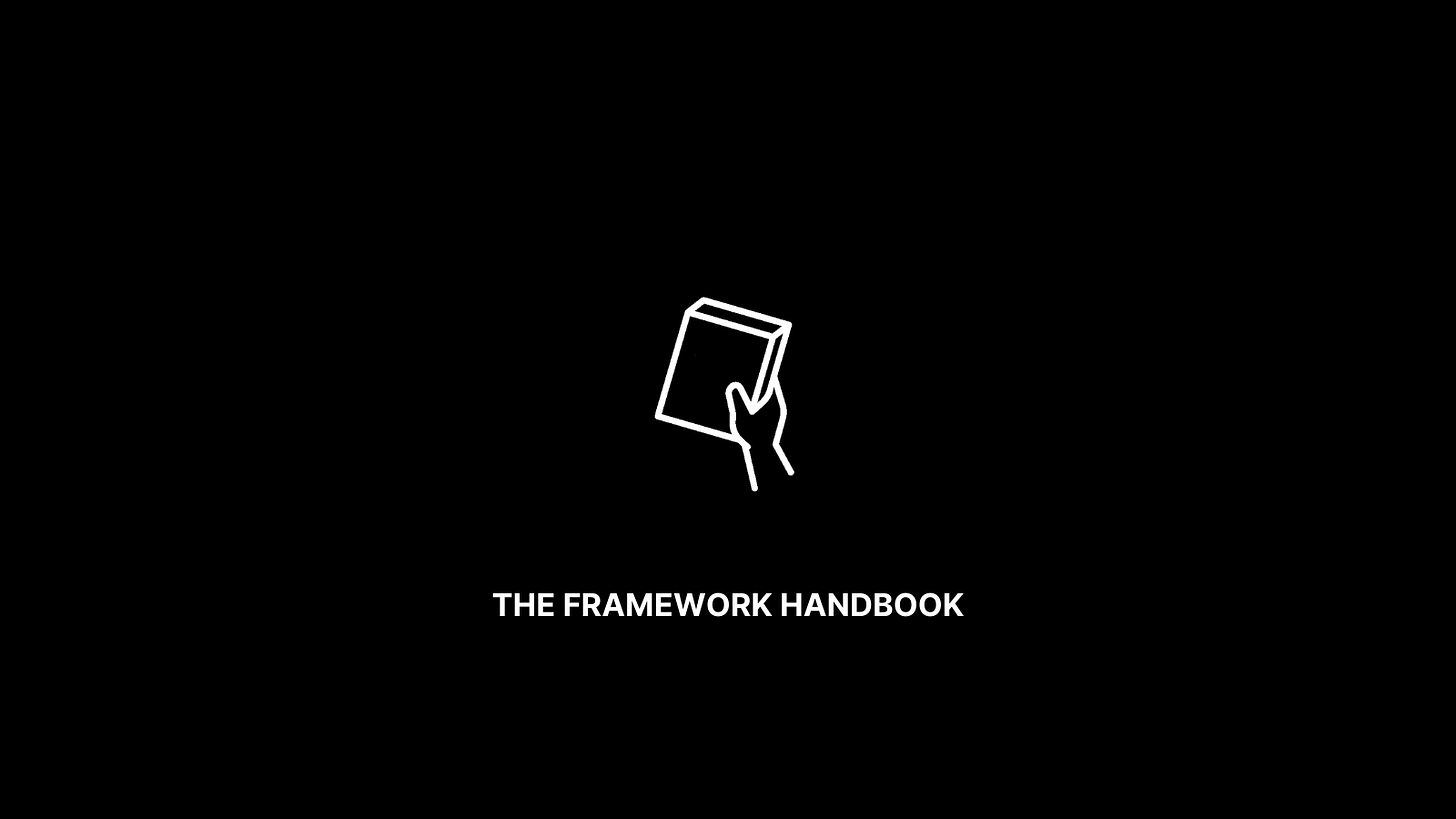
Every single day, you are faced with thousands of questions, challenges, and decisions.
These decisions can range from small and simple (what color shirt to wear) to large and complex (whether to quit your job). While an individual decision may not feel overwhelming, when taken in total, our lives can begin to feel like we are navigating a small boat on the open ocean—during a hurricane.
Fortunately, there are frameworks that can help us navigate these treacherous waters—our compasses, if you will.
Frameworks provide clarity by creating structure through which to evaluate situations, deploy shortcuts, and execute sound decisions. When used appropriately, they can meaningfully improve the quality of your decision-making (and reduce stress along the way).
Here are 20 useful frameworks & when to use them:
The Feynman Technique
The Feynman Technique—developed by famed American theoretical physicist Richard Feynman—is a proven method for learning anything.
Here’s how it works:
Identify a topic: What is the topic you want to learn more about? Identify the topic and write down everything you know about it. Read and research the topic and write down all of your new learnings (and the sources of each). This first step sets the stage for what is to come.
Try to explain it to a 5-year-old: Attempt to explain the topic to a child. Once again, write down everything you know about your topic, but this time, pretend you are explaining it to a child. Use simple language and terms. Focus on brevity.
Study to fill in knowledge gaps: Reflect on your performance in Step 2. How well were you able to explain the topic to a child? Where did you get frustrated? Where did you resort to jargon or get stuck? These are the gaps in your understanding. Read and study to fill them.
Organize, convey, and review: Organize your elegant, simple language into a compelling story or narrative. Convey it to others. Test-and-learn. Iterate and refine your story or narrative accordingly. Review (and respect) your new, deeper understanding of the topic.
True genius is the ability to simplify, not complicate. Simple is beautiful.
Use It When: You need to learn anything new.
Directional Arrow of Progress
"Study the undeniable arrows of progress." — Josh Wolfe
The future is extremely difficult to predict—but there are clues. Look at the trend line of progress and where it's pointing—directionally, not precisely. Invest (or build) accordingly.
Famed investor Josh Wolfe—one of the smartest, kindest people I have ever met—developed this framework to accurately predict where the future of technology is heading. If it’s good enough for Josh, it’s good enough for all of us.
Use It When: You are deciding what to invest or build on a longer time horizon.
The Eisenhower Decision Matrix
President Dwight Eisenhower was an American military officer and 34th President of the United States. He was known for his prolific productivity.
His secret? He always differentiated between the urgent and the important.
An "urgent" task is one that requires immediate, focused attention to complete. An "important" task is one that promotes or furthers your long-term values, goals, or principles. Remember: Tasks can be both urgent and important.
Place all of your tasks on a 2x2 matrix of urgency and importance:
Important & Urgent
Important & Not Urgent
Not Important & Urgent
Not Important & Not Urgent
Prioritize, delegate, or delete accordingly.
Use It When: You are prioritizing your to-do list.
The Regret Minimization Framework
A framework developed by Jeff Bezos as part of his decision to leave a lucrative hedge fund job at D.E. Shaw to pursue founding Amazon.
The goal is to minimize the number of regrets in life.
When faced with a difficult decision:
Project yourself into the future
Look back on the decision
Ask "Will I regret not doing this?"
Take action accordingly
Use It When: You are making your next big, bold decision.
The Kat Cole Pygmalion Effect
Kat Cole is a prolific operator and trusted advisor of some of the world’s highest performing entrepreneurs.
She has noticed time and again that high expectations lead to high performance (and vice versa)—a phenomenon called the Pygmalion Effect. If you consistently see people as their highest potential, they will achieve more.
When you're occasionally let down, consider it a tax you pay for all the benefit from those you believed in.
Use It When: You are managing a new team.
The Taleb "Look the Part" Framework
“Say you had the choice between two surgeons of similar rank in the same department in some hospital. The first is highly refined in appearance…The second one looks like a butcher…Now if I had to pick, I would overcome my suckerproneness and take the butcher any minute…Why? Simply the one who doesn’t look the part, conditional of having made a (sort of) successful career in his profession, had to have much to overcome in terms of perception.” — Nassim Nicholas Taleb
If forced to choose between two options of seemingly equal merit, choose the one that doesn’t look the part.
The one who doesn’t look the part has had to overcome much more to achieve its status than the one who fit in perfectly.
Use It When: You are deciding who to select (for your team, surgery, or anything else).
Decentralized Friend Groups
There are two types of friend groups:
Centralized Friend Groups: one cluster of friends with shared backgrounds and beliefs.
Decentralized Friend Groups: small clusters of friends unconnected to each other.
When in doubt, opt for decentralized friend groups. It will lead to the development of more independent thought.
Kudos to my decentralized friend group friend George Mack for this one!
Use It When: You are building new bonds and friendships.
The Bragging Framework
Truly successful people rarely feel the need to boast about their success.
If someone regularly boasts about their income, wealth, or success, it’s fair to assume the reality is a fraction of what they claim.
Use It When: You are listening to someone go on and on about their wealth/success.
The Naval Lion Framework
Modern work culture is a remnant of the Industrial Age. It encourages long periods of steady, monotonous work unsuited for the Information Age.
To do truly great, creative work, you have to be a lion.
Sprint when inspired. Rest. Repeat.
Use It When: You are structuring your schedule or deciding what type of job or company you want to work for.
The Seinfeld Calendar Framework
Jerry Seinfeld is a tremendously inspiring figure to study for creatives and non-creatives alike.
He would hang a huge calendar on the wall and use a red marker to put an X over every day that he completed his daily writing habit. It wasn't about the writing being good or high quality, it was about the consistency of the practice.
Naturally, this applies to more than just writing...
Use It When: You are trying to form a new habit.
Disruptive Innovation Framework
The late Clayton Christensen developed his theory of disruptive innovation in the mid-1990s.
The process of disruptive innovation—according to Christensen—involved a smaller company challenging an established incumbent by entering at the bottom of the market and methodically moving up-market.
It generally plays out over a few key steps:
Incumbents develop a product or service for the most profitable customers, ignoring other customers.
Upstarts target the ignored market segment—which is typically over- or under-served by the incumbent’s offering—and win by delivering exactly what is needed at a lower cost compared to the incumbent.
Incumbents don’t respond—choosing to continue their focus on the most profitable customers.
Upstarts methodically move upmarket.
Upstarts eventually attract the incumbent’s profitable customers, completing the cycle of disruptive innovation.
Watch this play out in a number of sectors right now—financial services chief among them.
Use It When: You are evaluating an incumbent, its market, and the potential for new upstarts to eat into its market share.
Skin in the Game
A logical concept popularized by Nicholas Nassim Taleb in his so-named book.
Skin in the game means that the key principals participate in both the upside and downside associated with any decisions. Always look for its presence in any new situation.
Avoid games where those making the rules don't have any skin in the game.
Use It When: You are evaluating a company, government policy proposal, or any new game you are looking to participate in.
7 Powers
Hamilton Helmer's "7 Powers" is a holy grail of business strategy.
The 7 Powers are the foundation of durable value creation:
Cornered Resources: Preferential access at attractive terms to a coveted asset that can independently enhance value.
Counter-Positioning: A newcomer adopts a new, superior business model which the incumbent does not mimic due to anticipated damage to their existing business.
Network Economies: The value of a service to each user increases as new users join the network.
Scale Economies: Unit costs decline as production volumes increase.
Switching Costs: The value loss expected by a customer that would be incurred from switching to an alternative supplier for additional purchases.
Branding: The durable attribution of higher value to an objectively identical offering that arises from historic info about the seller.
Process Power: Embedded company organisation and activity sets which enable lower costs and/or superior product.
The presence of one or more of these “powers” tends to signal durable competitive advantage that may create a long-term business moat.
Use It When: You are evaluating a new investment’s long-term growth prospects.
Play to Learn
The way we learn has fundamentally changed:
Old Way: Learn to Play
New Way: Play to Learn
We are living in an unprecedented era—historical boundaries are being broken, enabling anyone to participate. If you're trying to learn anything new, insert yourself into the game. Immerse yourself. Put some skin in the game as necessary.
It's the only way.
Use It When: You are trying to learn about a new mega-trend.
Porter's Five Forces
A famous framework for analyzing the competitive intensity of a given market.
The five forces to consider:
Competitive Rivalry: The number of existing competitors in the market and their individual ability to undercut and compete against the company.
Supplier Power: The ease with which suppliers can drive up the cost of inputs in the market.
Customer Power: The ease with which customers can drive down the prices in the market.
Threat of Substitution: The difficulty level of substitution for the core products or services.
Threat of New Entry: The difficulty level and likelihood of new entrants entering the market.
Thoughtful consideration of these forces will lead to better outcomes.
Use It When: You are considering an investment in a company or when crafting a long-term strategy for your company.
The Weekend Test
"What the smartest people do on the weekend is what everyone else will do during the week in ten years." — Chris Dixon
Observe the weekend projects of the smartest people in your circles. Odds are those will become a key part of our future.
Invest accordingly.
Use It When: You are thinking about what the future might look like and where to invest your time, energy, and capital.
The Paul Graham Crazy Idea Framework
If someone proposes a crazy idea, ask two questions:
Are they a domain expert?
Do I know them to be a reasonable person?
If yes on both (1) and (2), you should take the idea seriously, as it may be an asymmetric bet on the future.
Use It When: You are about to write off some seemingly absurd new idea as pure fantasy.
The Duck Test
If it looks like a duck, swims like a duck, and quacks like a duck, it’s probably a duck.
You can determine a lot about a company or person by regularly observing its or their habitual characteristics.
Use It When: You are deciding whether or not you can trust someone.
Newton's Flaming Laser Sword
If something cannot be settled by experiment or observation, it is not worth debating. This will save you from wasting a lot of time on pointless arguments.
Use It When: You are dealing with the next internet troll or irrational argument at work.
"What Will Stay the Same?" Framework
“I very frequently get the question: 'What's going to change in the next 10 years?' And that is a very interesting question; it's a very common one. I almost never get the question: 'What's not going to change in the next 10 years?' And I submit to you that that second question is actually the more important of the two—because you can build a business strategy around the things that are stable in time...In our retail business, we know that customers want low prices, and I know that's going to be true 10 years from now. They want fast delivery; they want vast selection. It's impossible to imagine a future 10 years from now where a customer comes up and says, 'Jeff I love Amazon; I just wish the prices were a little higher,' or 'I love Amazon; I just wish you'd deliver a little more slowly.' Impossible. And so the effort we put into those things, spinning those things up, we know the energy we put into it today will still be paying off dividends for our customers 10 years from now. When you have something that you know is true, even over the long term, you can afford to put a lot of energy into it.” — Jeff Bezos
Sorry for the long quote, but the entire thing is worth reading. Investing in what might change is risky, but investing in what will stay the same is safe.
The future is hard to predict, so looking for constants you can deliver against may provide a cleaner path to success.
Use It When: You are crafting a long-term strategy for your startup or company.
Frameworks can help us navigate the treacherous waters of our lives—they provide clarity by creating structure through which to evaluate situations, deploy shortcuts, and execute sound decisions.
Those are 20 frameworks I have found useful—pick one (or a few) and give them a shot. Let me know what you think!
Special thank you to @drex_jpg for the beautiful visuals! Follow for more.
Sahil’s Job Board - Featured Opportunities
Metafy - Employee Experience Manager, Community Support Manager
Launch House - Partnerships Associate, Growth Specialist
Evergreen Services Group - Private Equity Talent Analyst
Practice - Head of Marketing
Pathpoint - Sales Development Manager
Matter - Design Lead
Panther - Customer Delight Manager
SuperLayer - CFO, Founding PM
Free Agency - Sales Lead, Talent Agent for Tech
SmartAsset - Acquisition Manager, Paid Search
The full board can be found here!
We just placed a Talent Agent, Head of Community, Growth Lead, Swiss Army Knife, Account Exec, and several other roles in the last month. Results for featured roles have been awesome! If you are a high-growth company in finance or tech, you can use the “Post a Job” button to get your roles up on the board and featured in future Twitter and newsletter distributions.
That does it for today’s newsletter. Join the 44,500+ others who are receiving high-signal, curiosity-inducing content every single week! Until next time, stay curious, friends!
P.S. Podcast episodes start rolling out this week. Special thanks to our first sponsors Mercury and AppSumo for supporting what we are building. Sign up to stay in the loop!





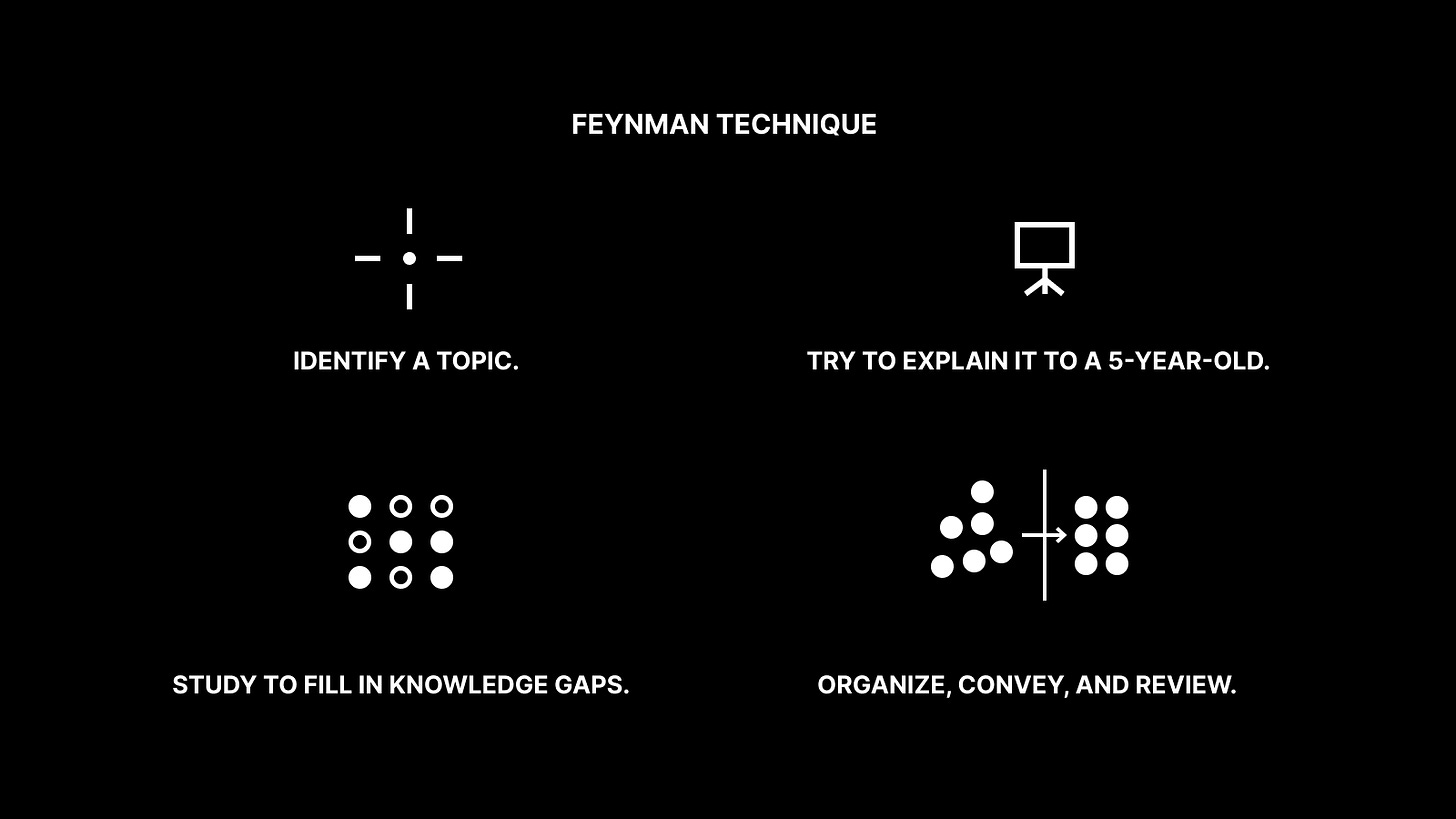
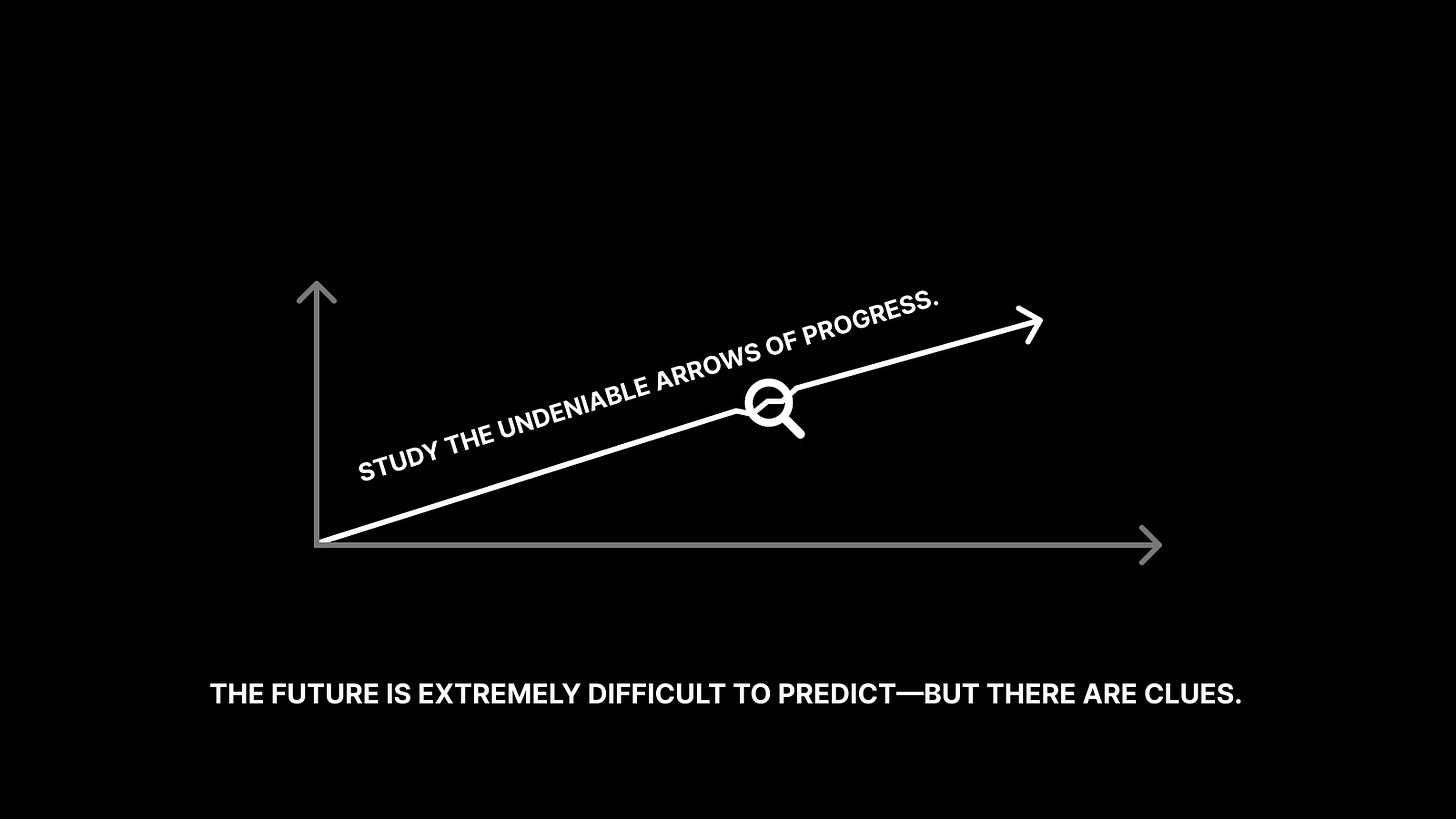
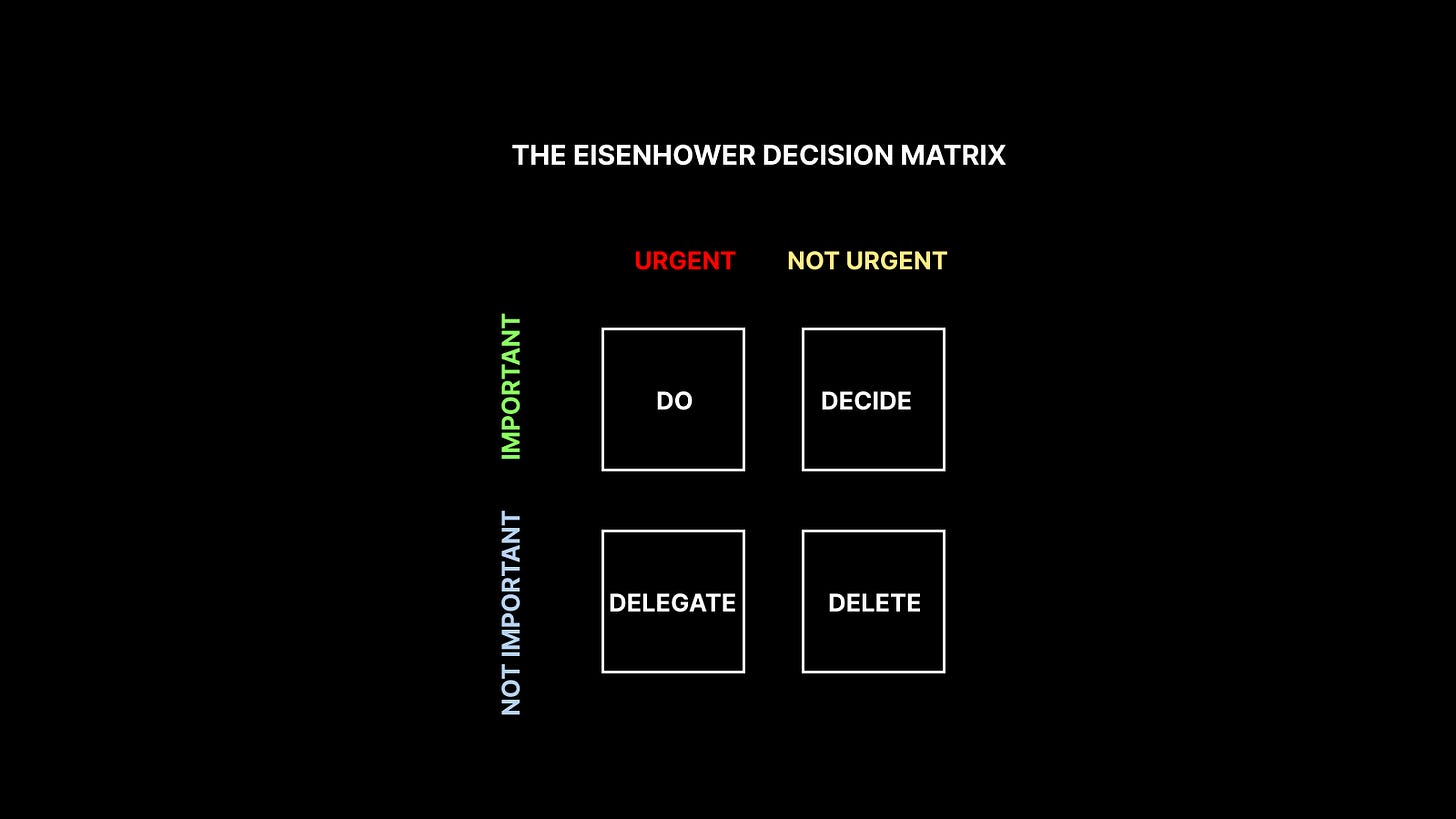
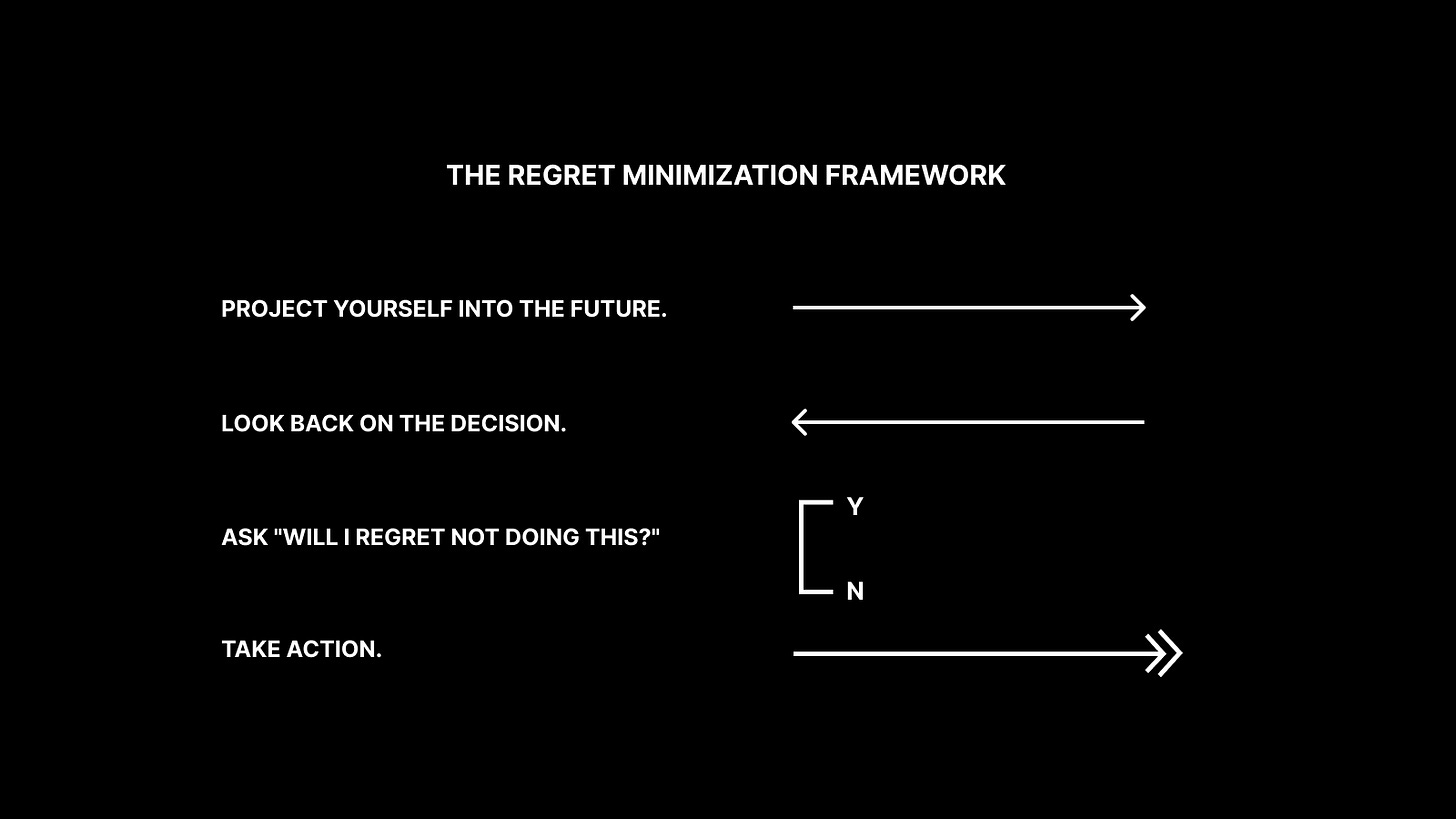
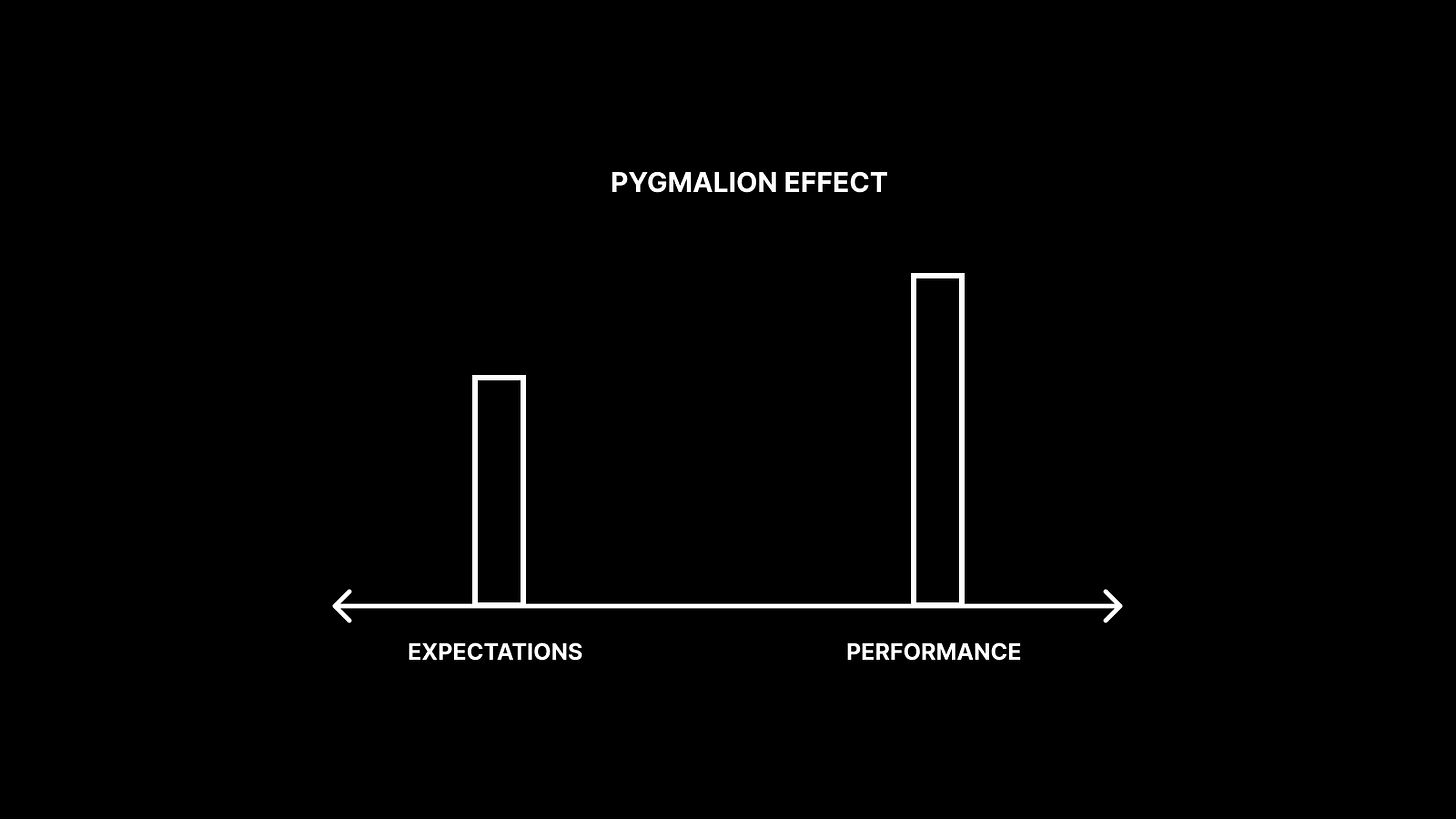
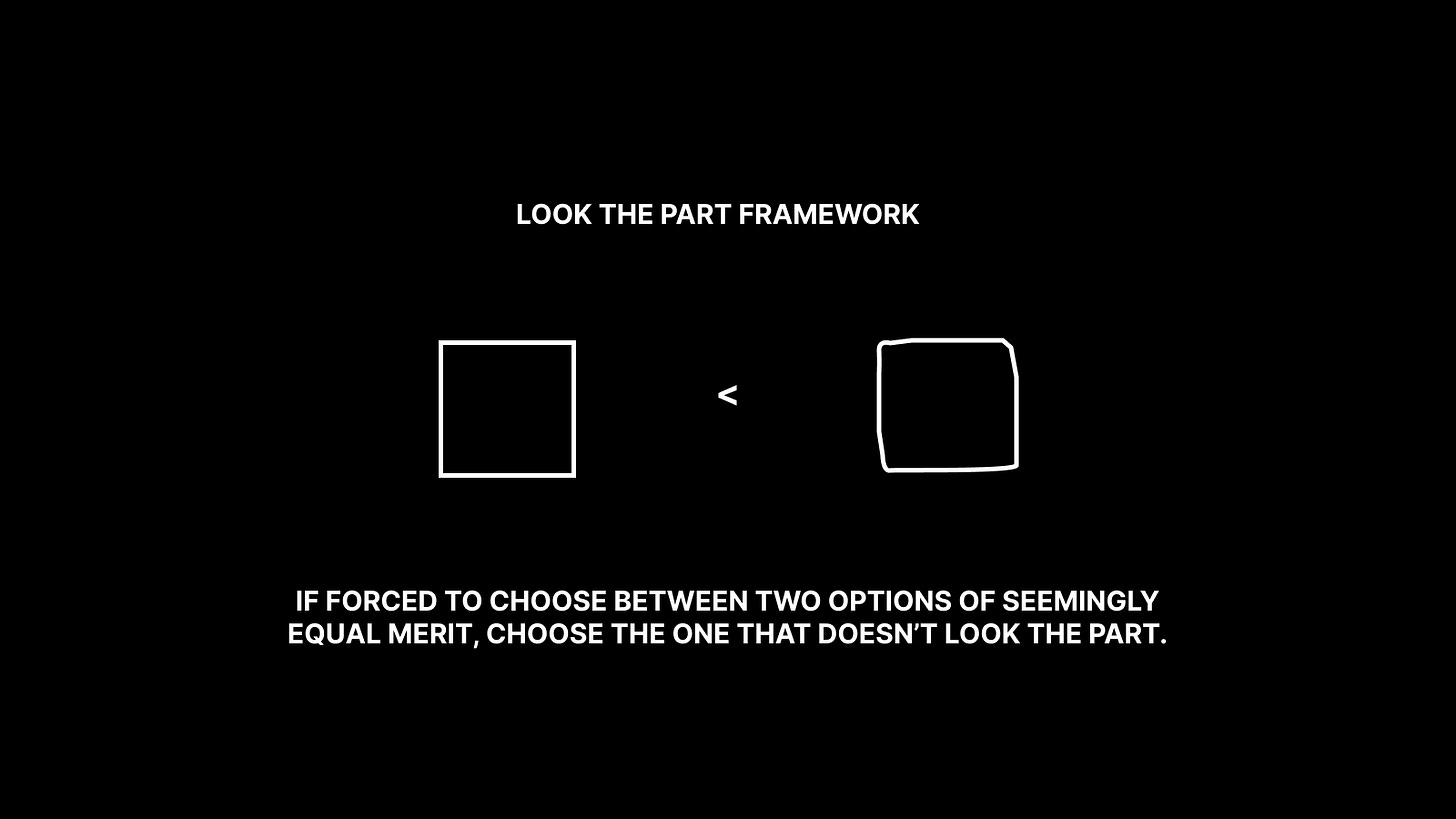
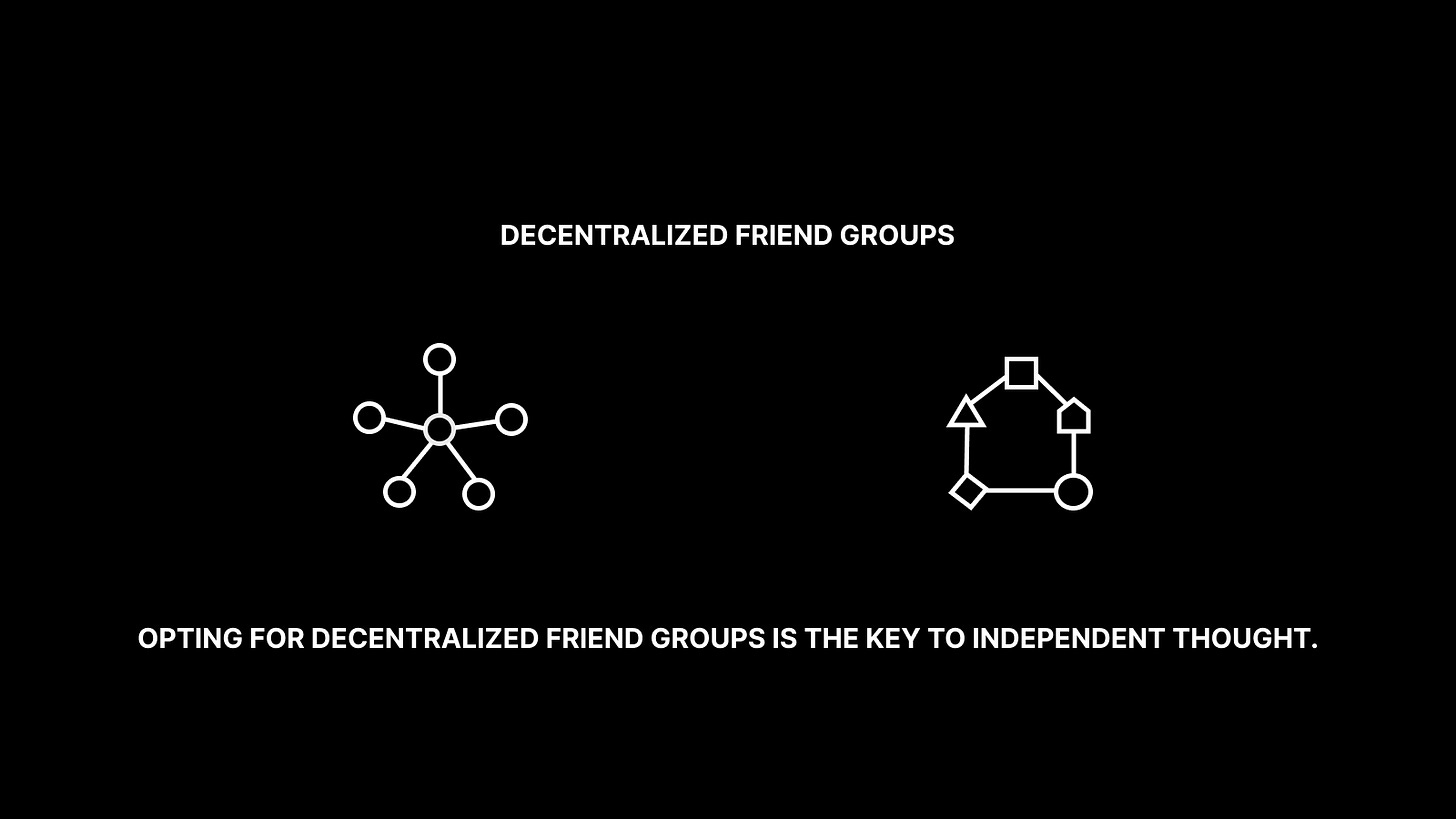
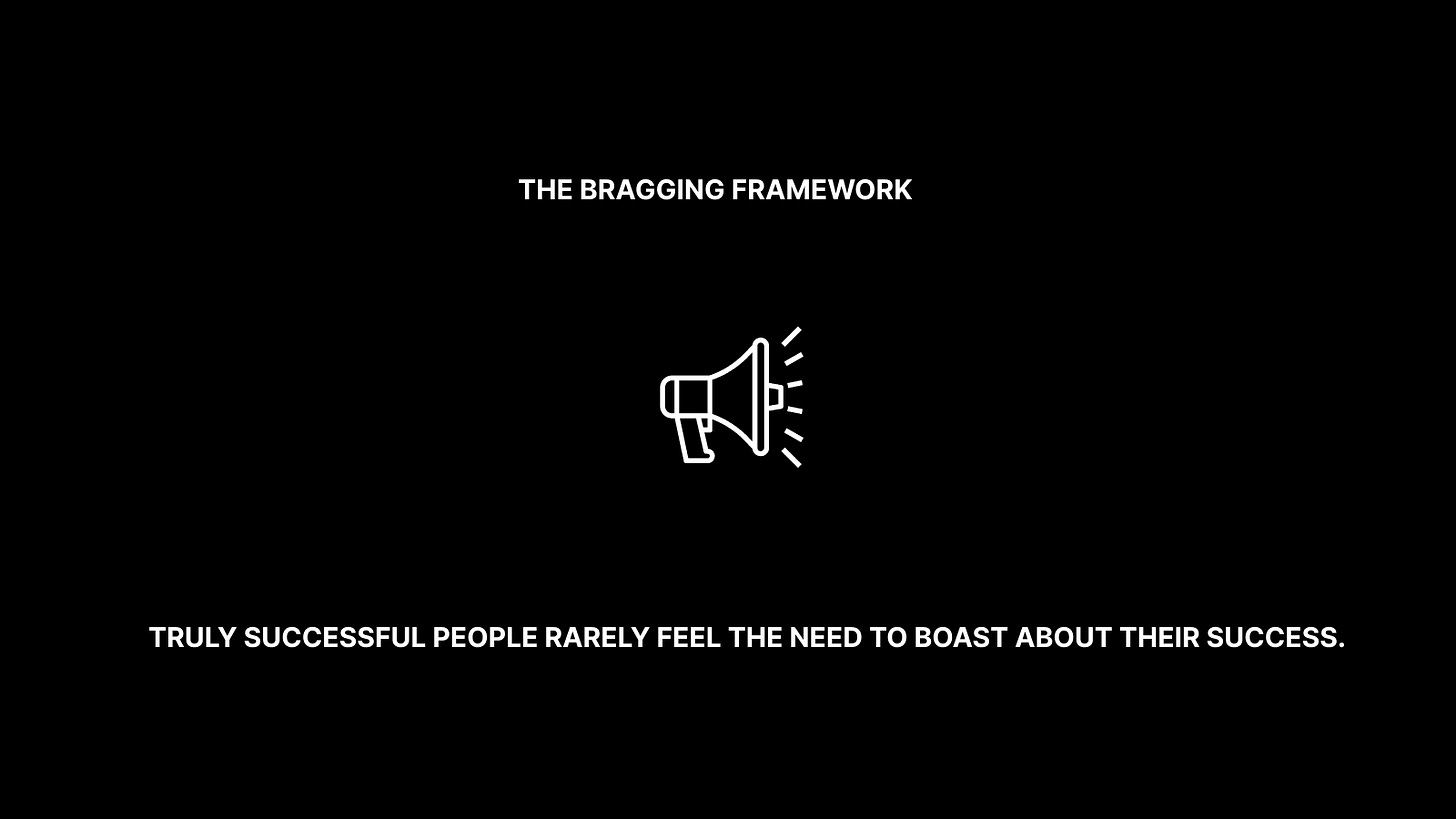
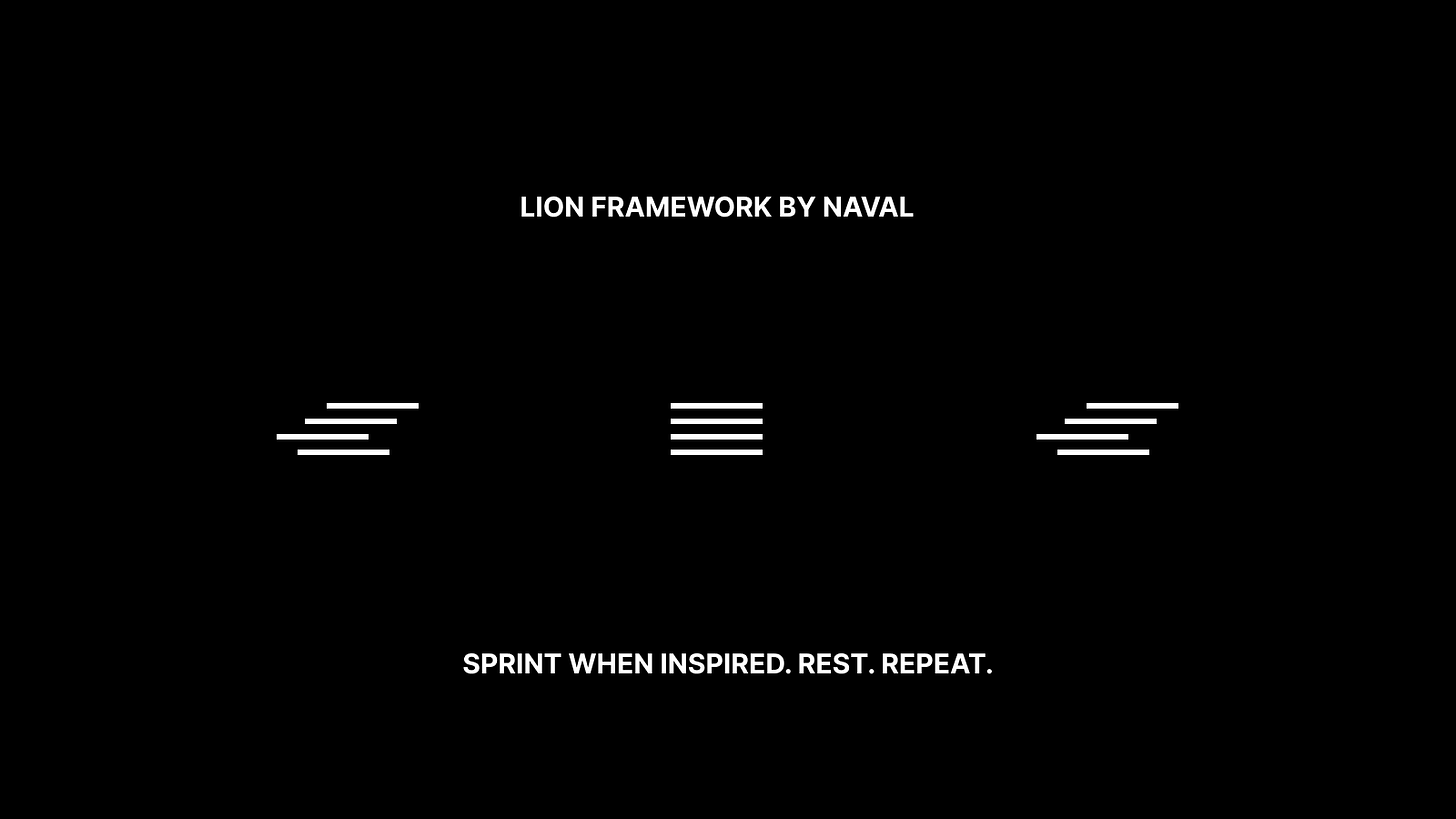
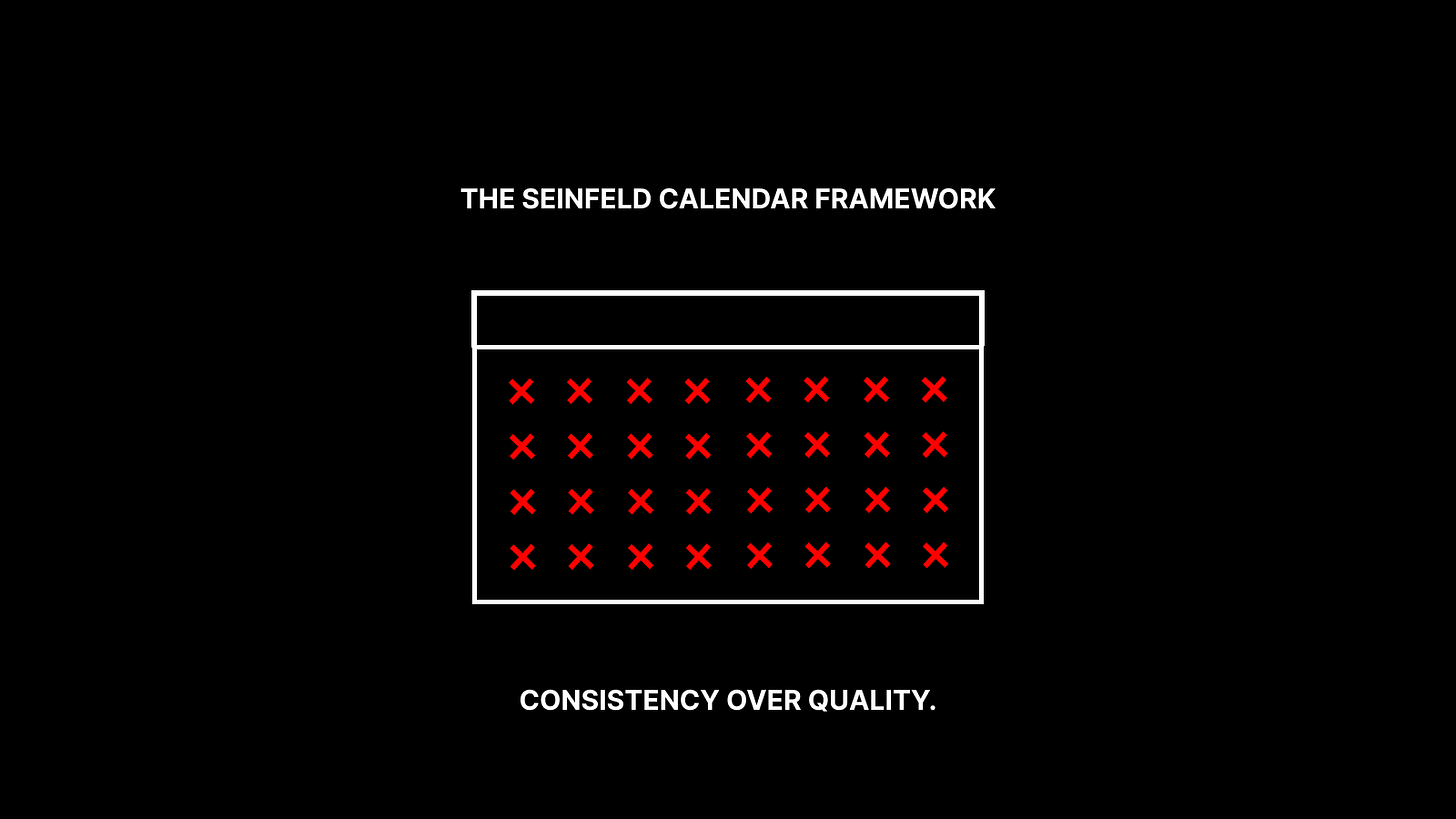
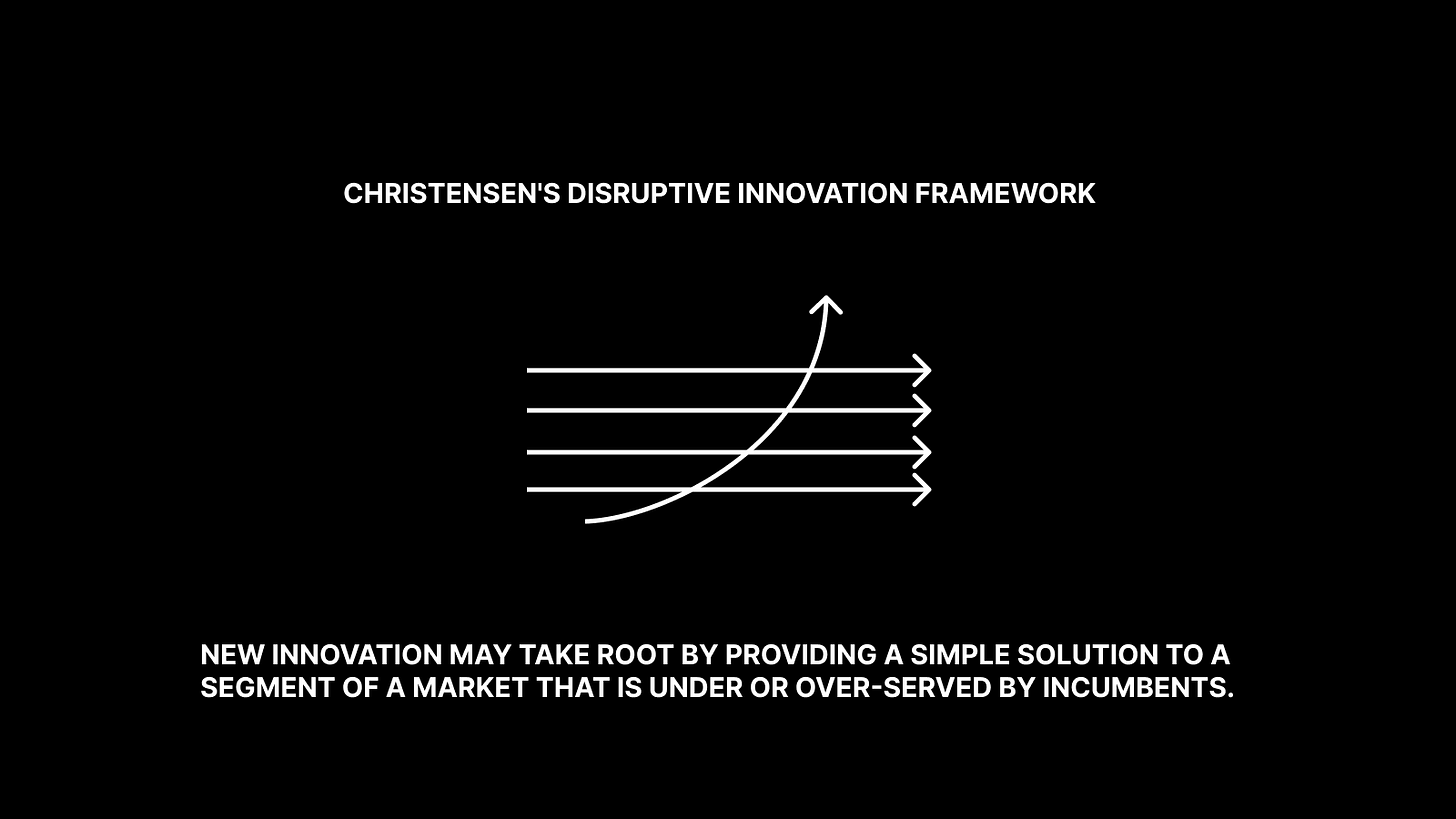
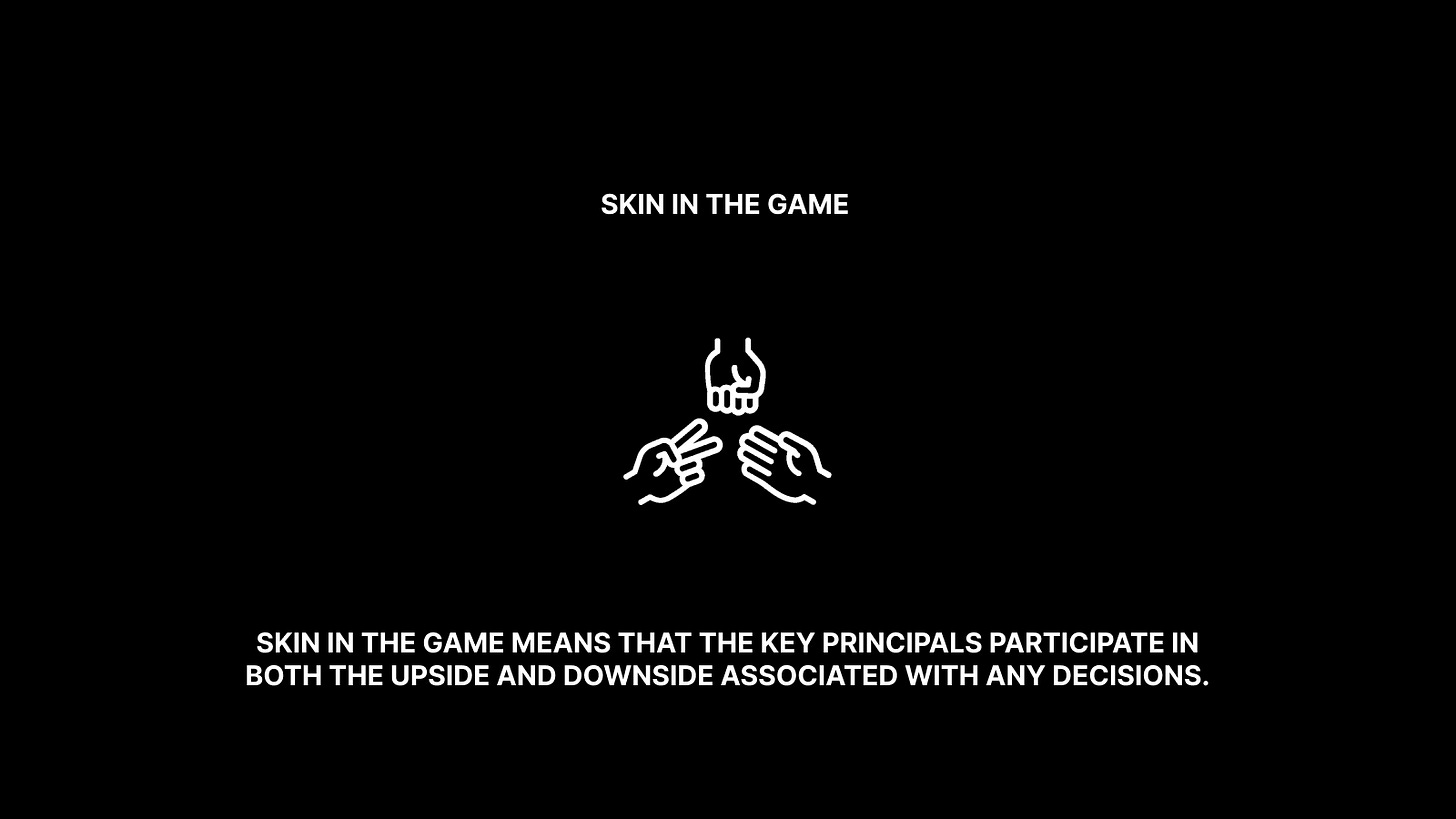
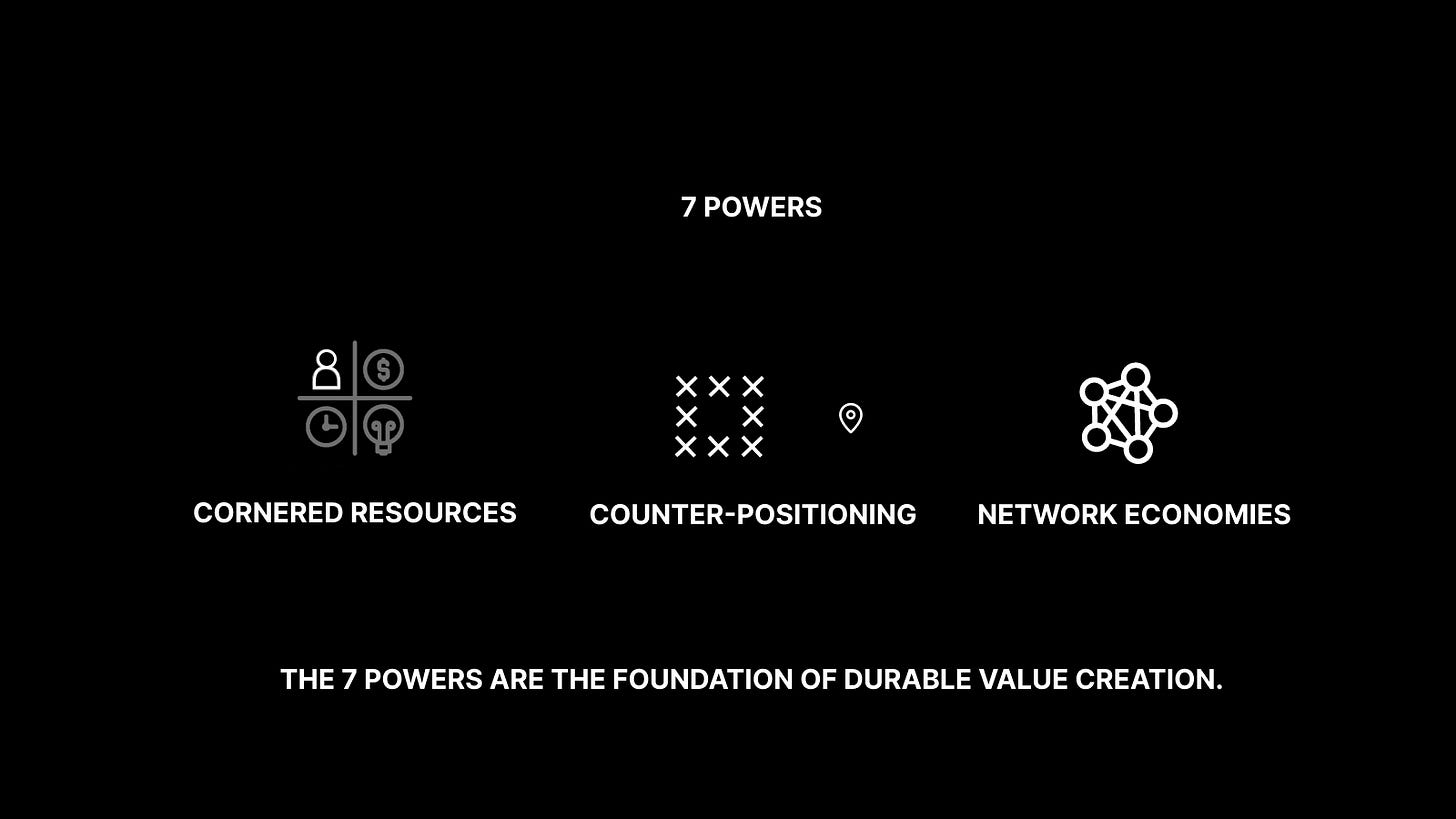
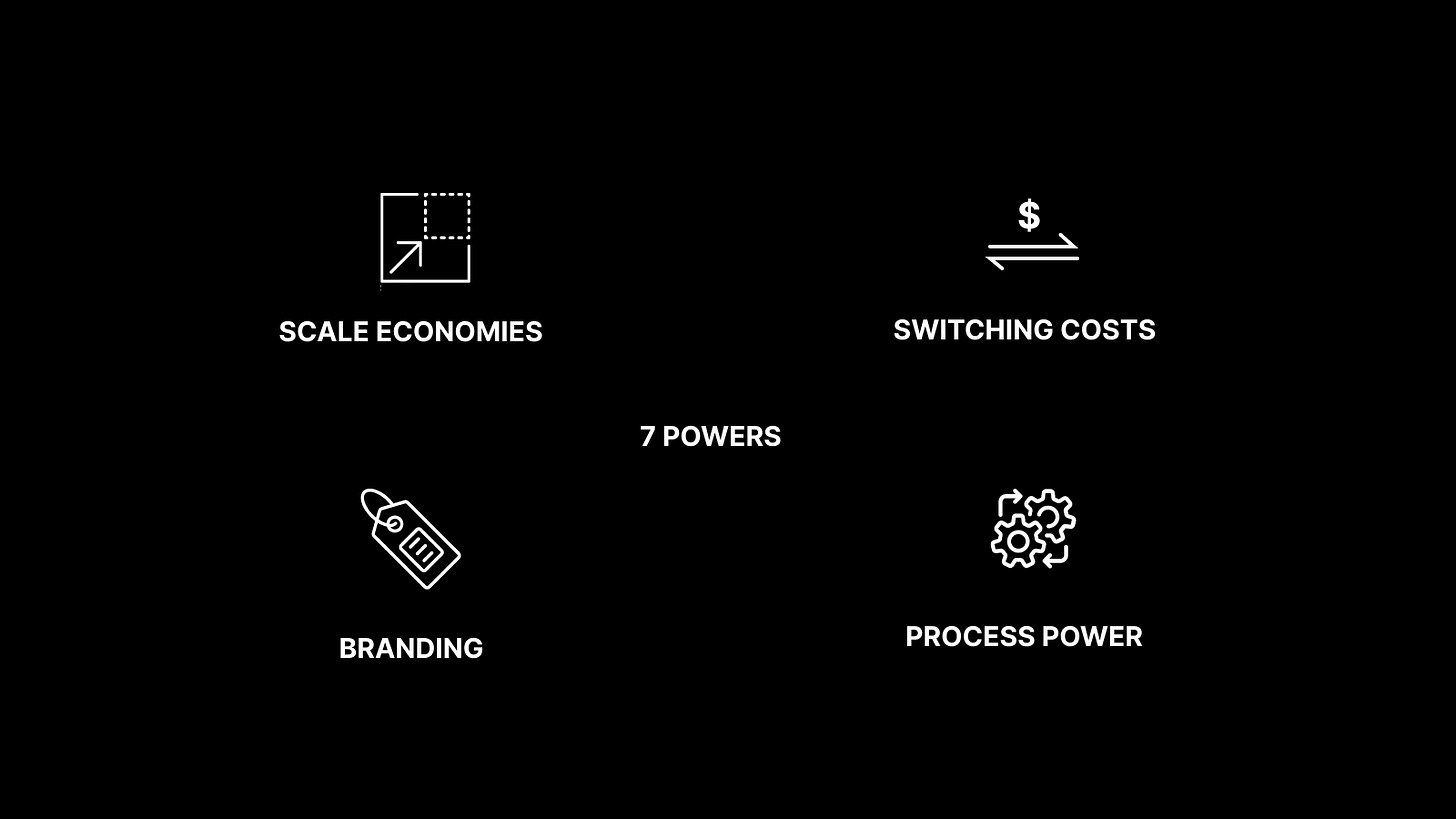
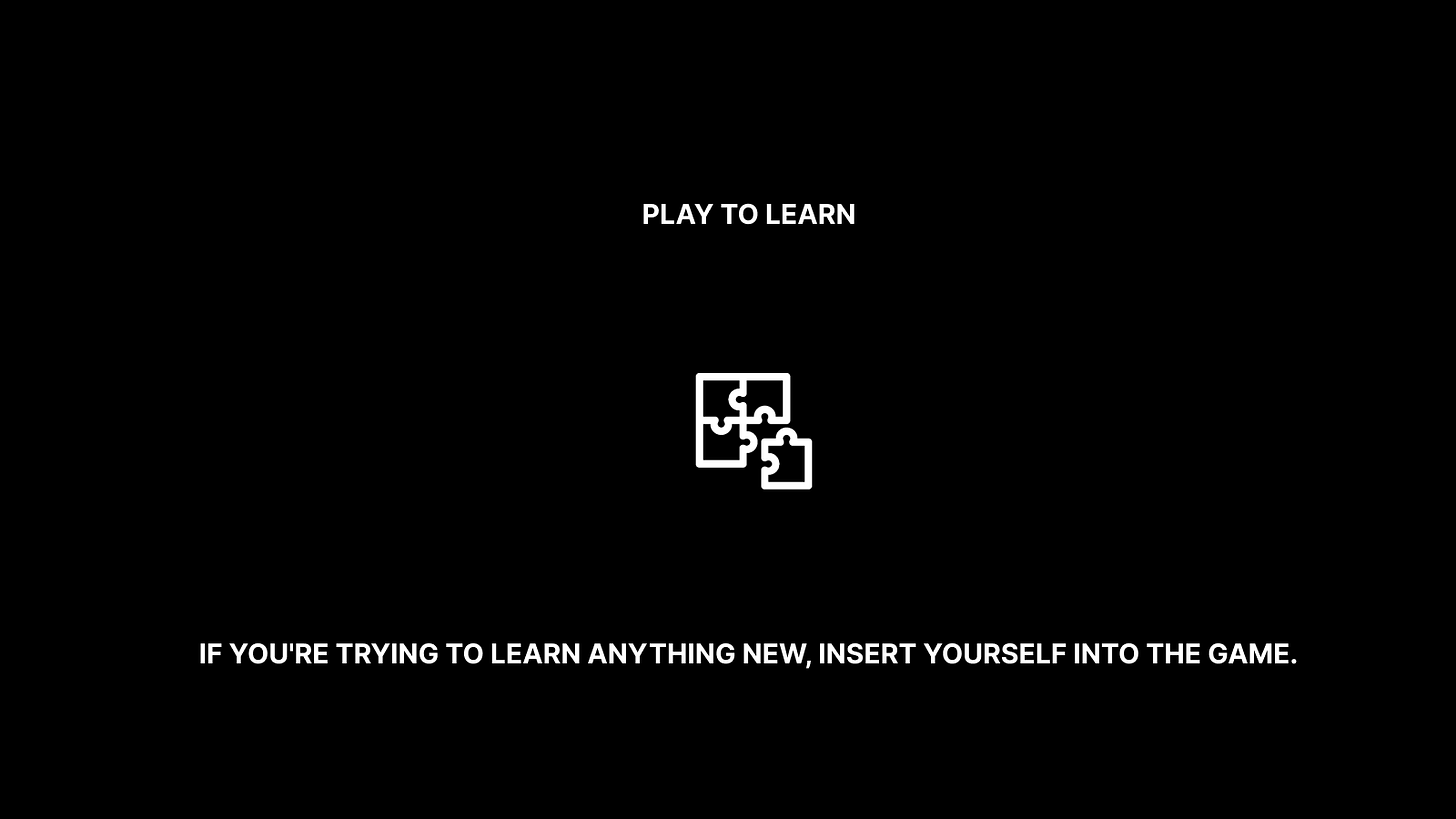
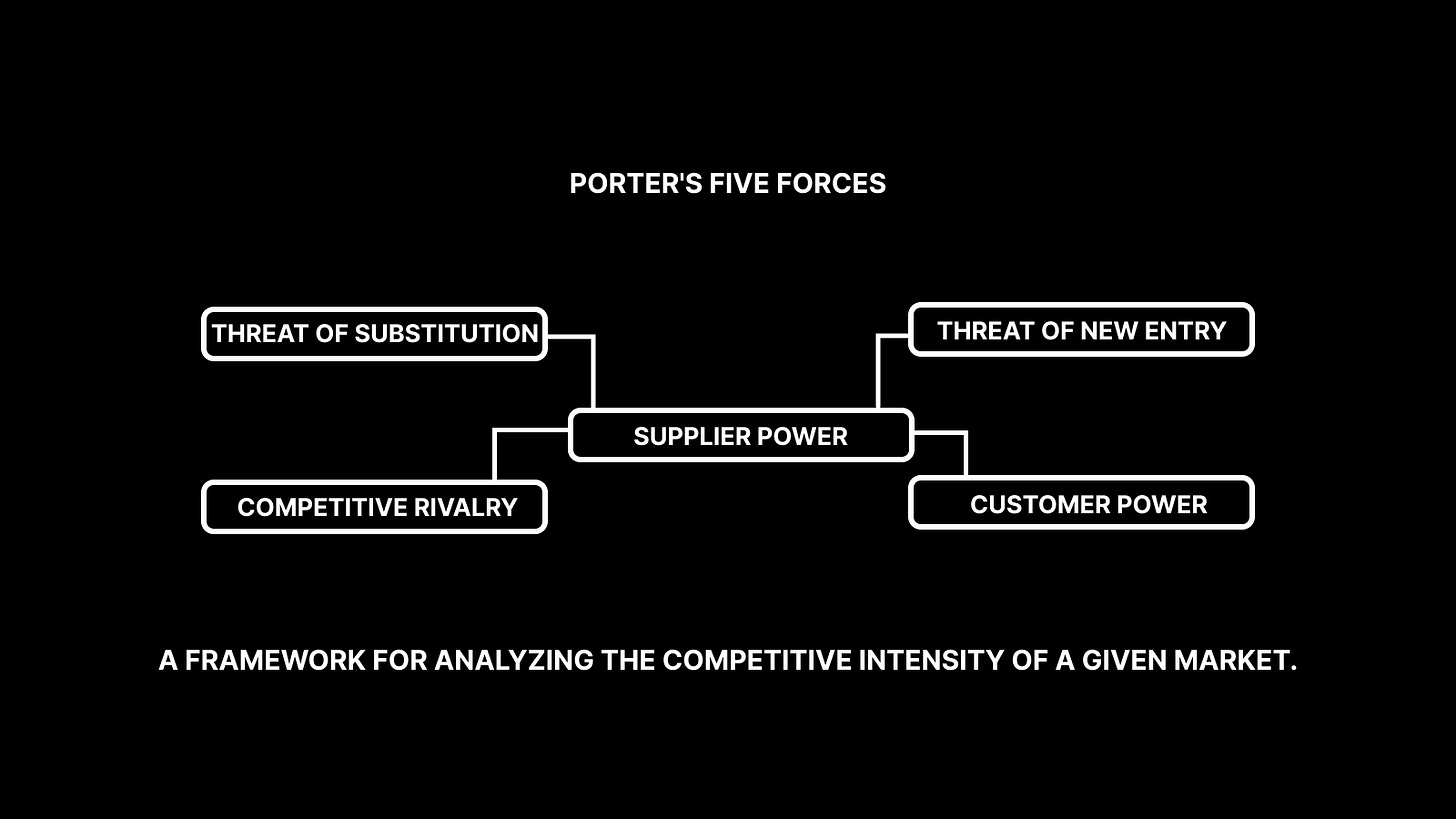
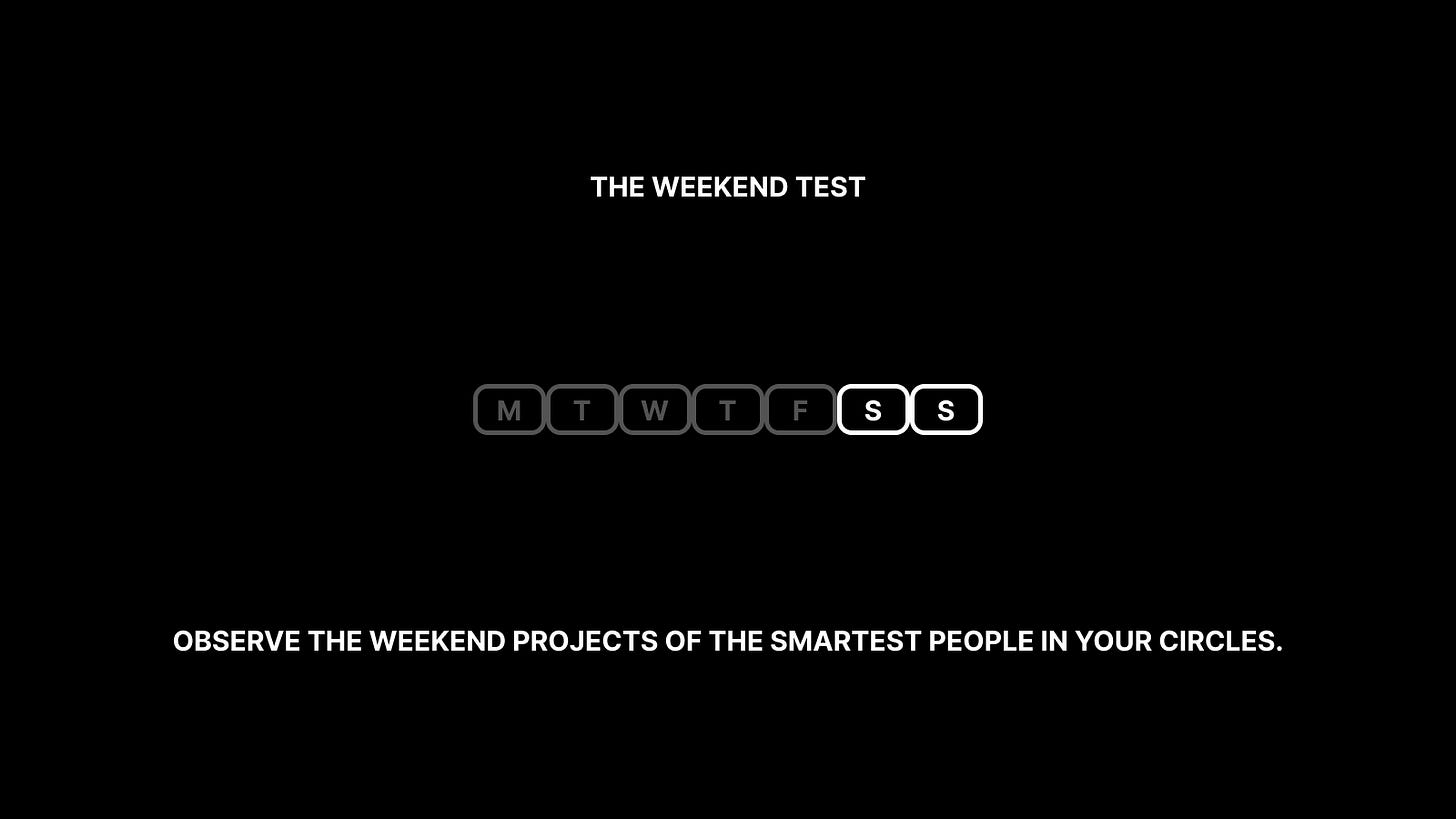
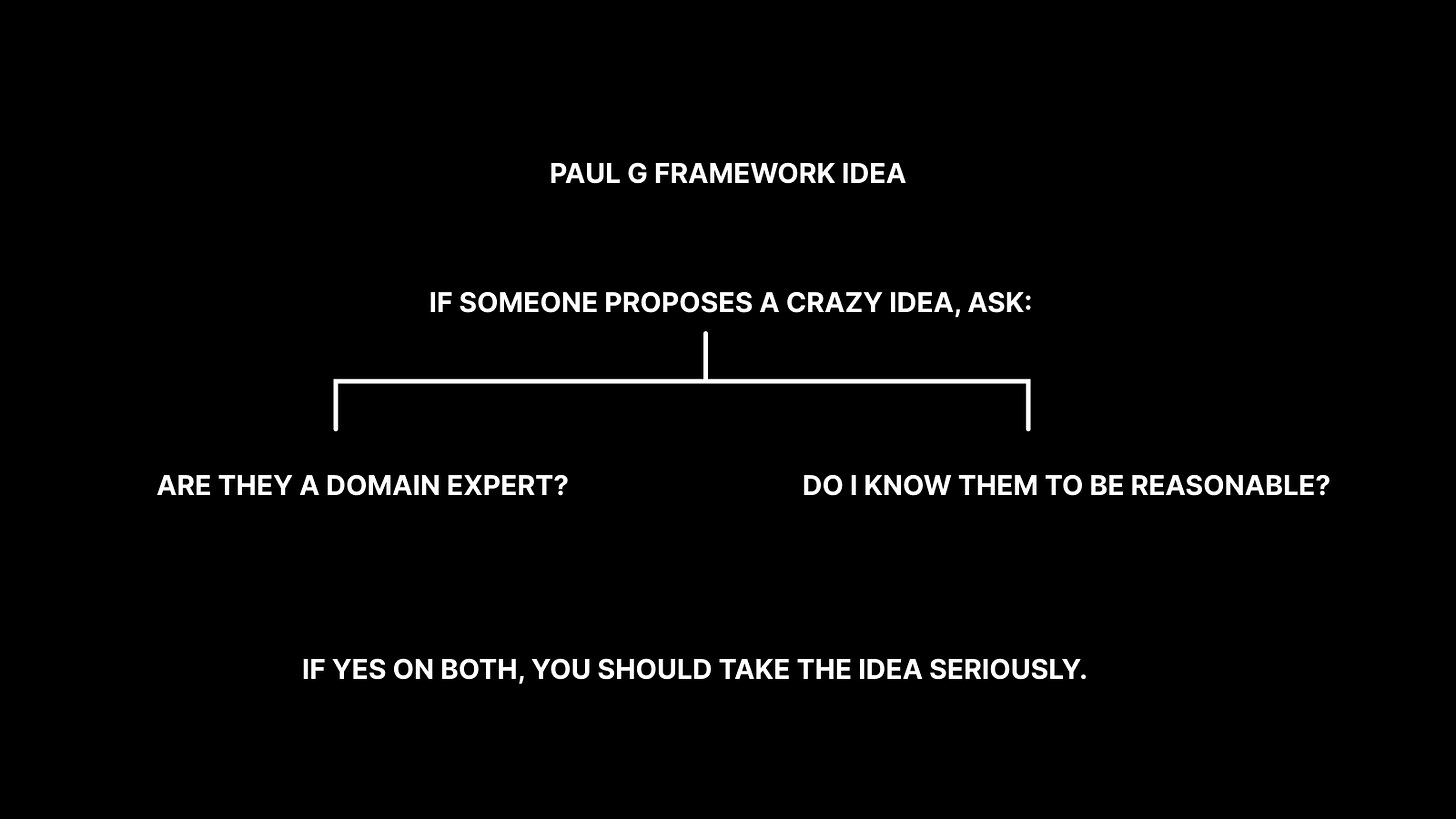
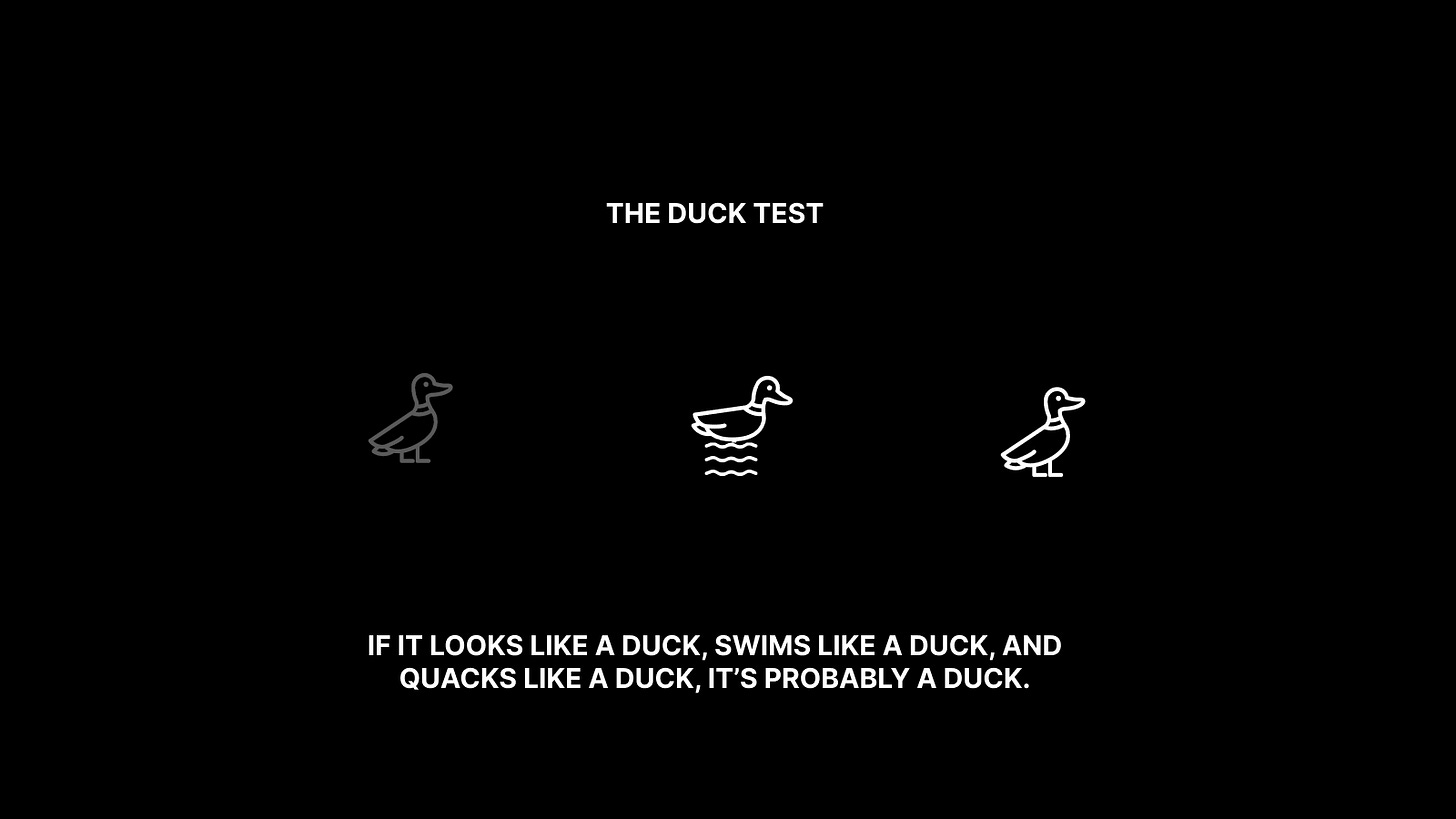
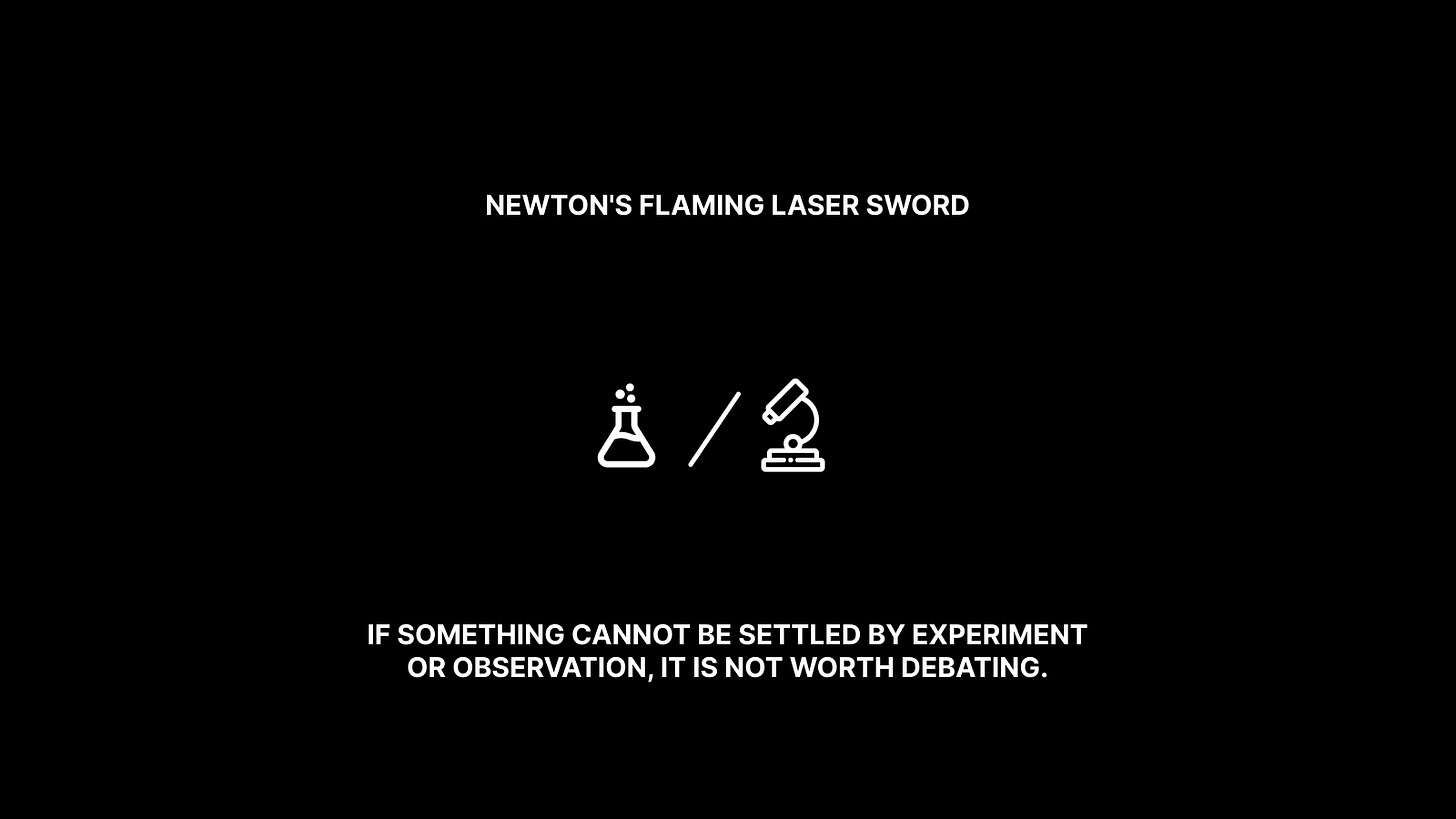





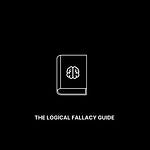
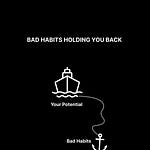

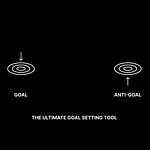

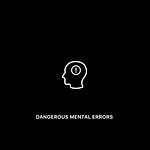
The Framework Handbook